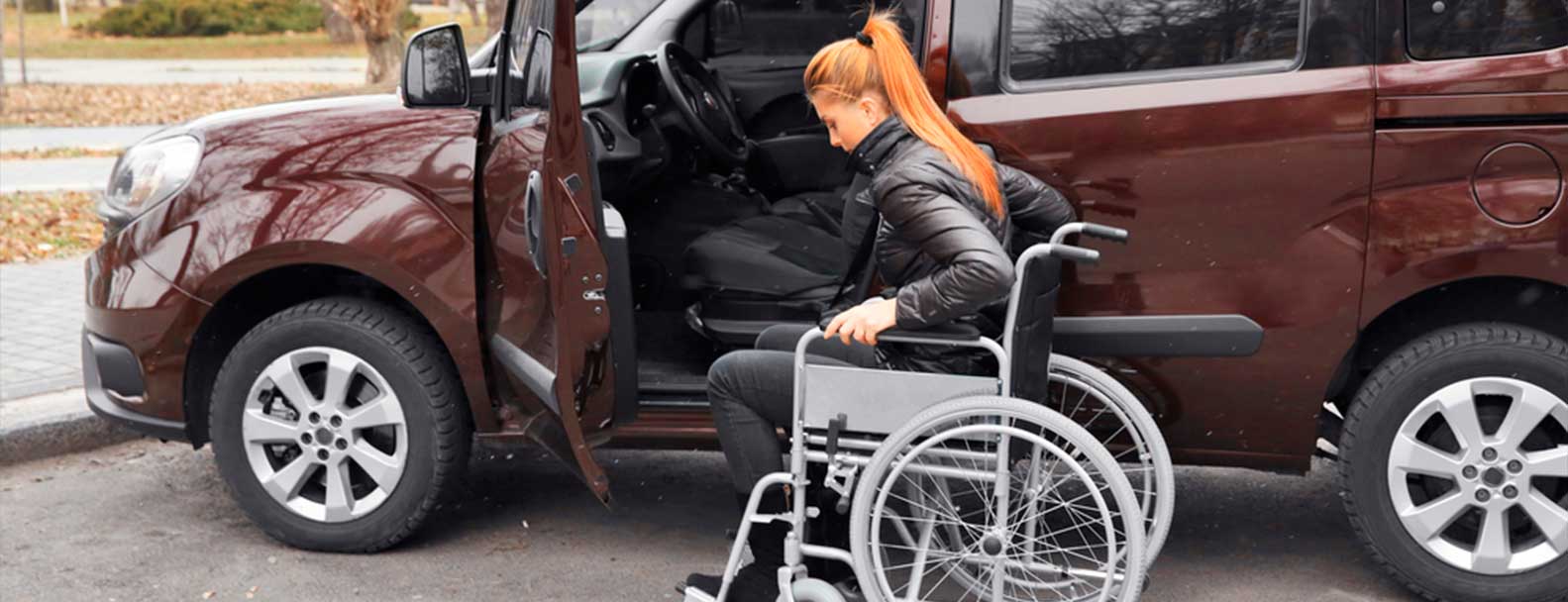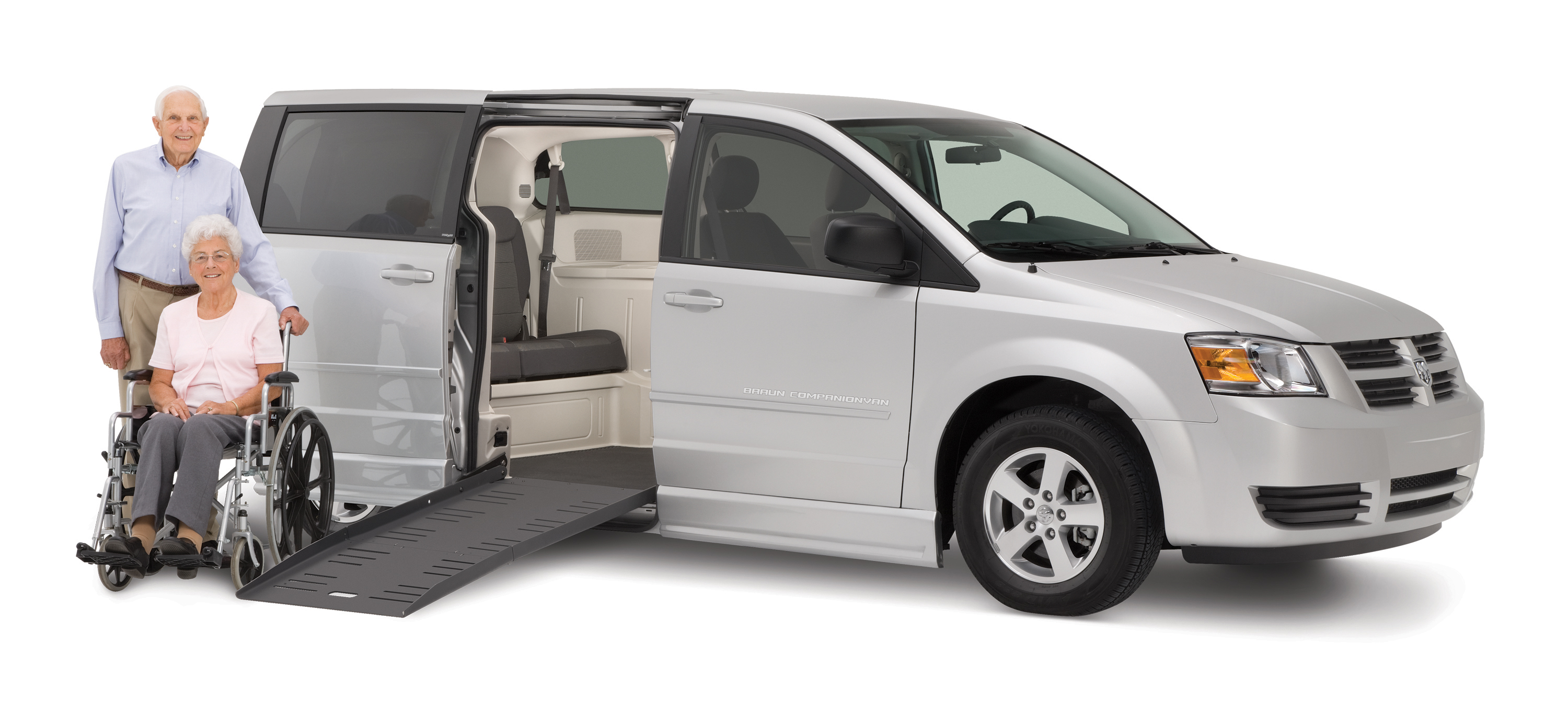
Top 10 things to consider when renting an accessible car
There are so many factors to consider and checks to carry out. So to help you, we’ve spoken to car rental company, Global Self Drive, about the 10 most important things to think about when renting an accessible car.
- Accessibility
One of the main things to consider is the car’s accessibility. If you’re in a wheelchair, what type of wheelchair access will you require? Is a ramp or lift essential? Or do you simply need enough space to fold away and store a wheelchair in the boot of the car?
Also, will you be driving the car yourself? Adapted vehicles, although uncommon from rental companies, are available with hand-operated brakes and accelerators, allowing you to drive from your wheelchair.
If you’re not driving, but would like to be sat up front, some cars offer wheelchair access in the front passenger seat. Before deciding on a vehicle with this, ensure that both the passenger and driver are comfortable.
If you’re looking for accessible van to hire, there are vehicles offering wheelchair access via a ramp, usually through the side door, or some offer rear-door access.
If you have a mobility impairment, think about whether you’ll be able to comfortably get in and out of the car. Is it at the right height and is there anything you can hold onto to help you up and down? Will there be enough room for you to sit unimpeded?
- Size
Size is an important factor when looking for a rental vehicle. Think about how many passengers will be travelling in the car and how long any of the journeys will be? How much space will they each need so they’re comfortable, especially if travelling long distances. There should be enough leg room for everyone to sit comfortably without feeling cramped.
Accessible cars are available in a range of different size – from small four seater vehicles (one wheelchair and three seats) to large coaches.
- Storage space
When deciding on the size of the vehicle, take into account how much storage space you’ll need. Different disabilities come with different equipment needs, so make sure you take into account the requirements of each passenger.
Passengers who remain in a wheelchair will often be placed in the rear of the vehicle, in order to make the best possible use of space in the car, so take this into consideration too.
- Check the ramp and lift
Just as you would with any other feature on a car, you should carry out checks on the vehicle’s ramp and/or lift. Ensure that you understand how it works, and what to do in the event of it breaking down.
Ideally, a lift should include a platform measuring at least 30 inches by 48 inches, and be accompanied by hand rails on either side. Hiring a car with an accessible lift is likely to be more expensive than one with a ramp, which is the more common method used in accessible vehicles.
- Restraint systems
If the driver or any passengers will be remaining in their wheelchair during transport, it is important to ensure that all restraint systems are secure. When trying out the car, practice strapping the wheelchair into place. Check that it’s secure while stationary, before you take it for a test drive. This will also allow you to see how easy the system is to use, something you’ll probably be doing regularly.
The most common method of securing a wheelchair is to use four straps mounted to the floor in tracking or mushroom fittings (small mushroom-shaped screws). Two belts are fitted to the front and two to the back. Keep in mind that six belts may be required to safely securing heavy wheelchairs (anything upwards of 50kg).
- Condition of the car
The car should be safe for anyone inside the vehicle. Ask the rental company for the history of the vehicle, if they have not already provided this to you, and check it’s not been in an accident. If it has, ask when the incident was and what repair work has been done, and whether there are guarantees of the work. Take an interest in any parts of the vehicle that may appear damaged on inspection.
Once you have signed documents, the vehicle is under your care and you may be liable for any breakdowns. So if you have any cause for concern, do not go ahead with the rental.
- Comfortable interior
It’s best to test out the seats before deciding to go with a car, that way you know everyone will be comfortable. Also look for a working air conditioning unit, especially in the warm weather.
Check each door to ensure that windows work correctly, allowing passengers to wind them down, and that doors are secure when shut and locked. It’s worth also opening the doors to check they’re not too heavy for you.
If, however, the seating is not as comfortable as hoped, try using pillows and cushioned headrests to make it more comfy.
- Conversion features
Some vehicles have a lower floor to accommodate wheelchairs, which in turn lowers the suspension of the car or van. Others have added suspension to accommodate for the added weight of the wheelchair(s) Ensure that you are aware of all of the features of the vehicle, and how it has been adapted for accessibility, so that you can make full use of these capabilities to ensure a comfortable journey for everyone.
Also take into consideration the steepness of any ramps, as this may mean that the wheelchair user needs added assistance getting in and out. If there is no one that can assist with this, then look specifically for a car with a shallow rising ramp or lift.
- Fuel efficiency
Asking how many miles to the gallon the vehicle works to is a question that everyone should ask. When renting a car, you are responsible for re-filling the tank back up to the amount that it was when you first took it on. This can end up being expensive, especially if you’ll be doing long journeys.
For example, if you were looking for car hire in Cambridge, but you wanted to drive outside of the city to surrounding areas, such as Peterborough and Norwich, this could cost more than the price of renting the vehicle itself.
Also, think about how long you will need the vehicle for – this will increase the cost of fuel further. You should have a rough idea of how many miles you will be looking to travel, so from this you can work out how long you will be in the vehicle for.
- Easy to drive
Lastly, any car that you take on should be easy to drive. With car hire, you do not have a lot of time to adjust to the car’s drive. Selecting a vehicle that is easy to manoeuvre and control will reduce the chances of being involved in an accident.
With most rental companies, only one person will be cleared to be behind the wheel, so ensure that you or they are totally happy.
Fonte: Disability Horizons Giving You a Voice
Compartilhe
Use os ícones flutuantes na borda lateral esquerda desta página
Siga-nos!
Envolva-se em nosso conteúdo, seus comentários são bem-vindos!
Artigos relacionados
Acessibilidade no ESG. Equipotel aborda o tema para o turismo.
Acessibilidade no ESG, para o mercado do turismo. Equipotel aborda a importância da inclusão da pessoa com deficiência.
Morte Sobre Rodas. Filme inclusivo foi candidato ao Oscar.
Morte Sobre Rodas. Dois protagonistas do filme, são pessoas com deficiência, um usuário de cadeira de rodas e outro com paralisia cerebral.
Paralimpíada de Paris 2024. A deficiência não é um limite.
Paralimpíada de Paris 2024. A cidade luz sedia o maior evento esportivo do mundo para as pessoas com deficiência.







0 comentários